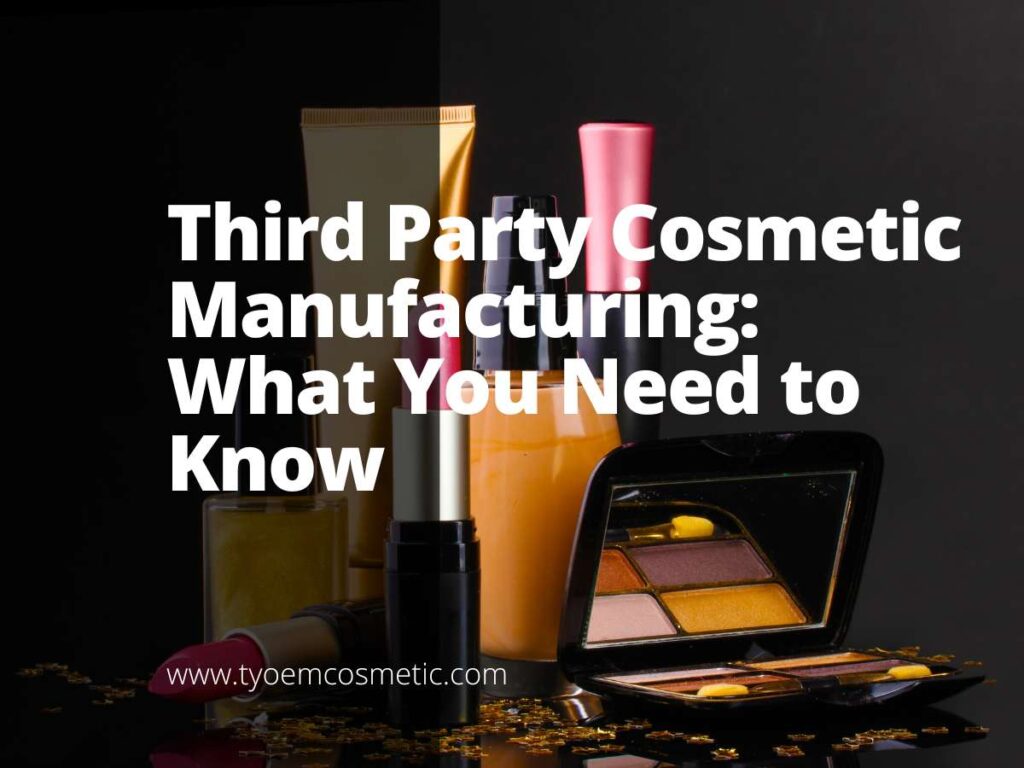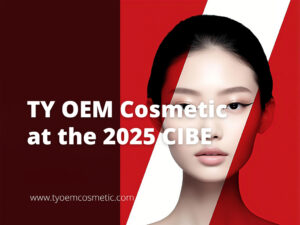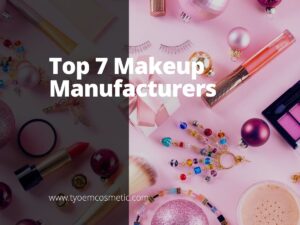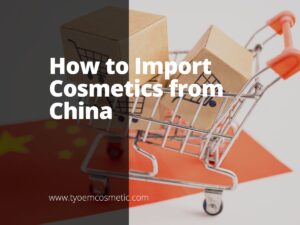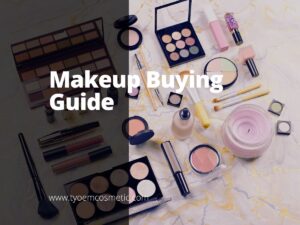When I placed my first third-party cosmetic order, I expected it to be smooth.
But it wasn’t. The delays, confusion, and a formula that didn’t match the sample taught me a tough but valuable lesson.
That experience also made me rethink how I approach manufacturing.
So, over the years, I’ve learned how to pick better partners, negotiate clearly, and spot red flags early. What I’m sharing here comes from hands-on mistakes and wins, not secondhand advice.
You’ll walk away knowing what third-party cosmetic manufacturing is, how it works, what to expect, and how to choose the right supplier.
Whether you’re new or switching partners, this article is built to guide your next step.
So, let’s begin!
1. What Is Third Party Cosmetic Manufacturing?
When you hear “third-party cosmetic manufacturing,” I assume you will think it was just another word for outsourcing. But it’s more than that. It’s a structured process where you team up with a specialized company to produce your cosmetic products under your brand name. You bring the concept or use one of their ready-made formulas, and they take care of the production, packaging, and sometimes even labeling.
This setup is popular among indie startups, growing brands, and even high-end labels. Why? Because building your own certified lab, hiring chemists, and dealing with regulations takes serious time and money. Third-party manufacturers already have the expertise and systems to get your product to market without the usual hassle.
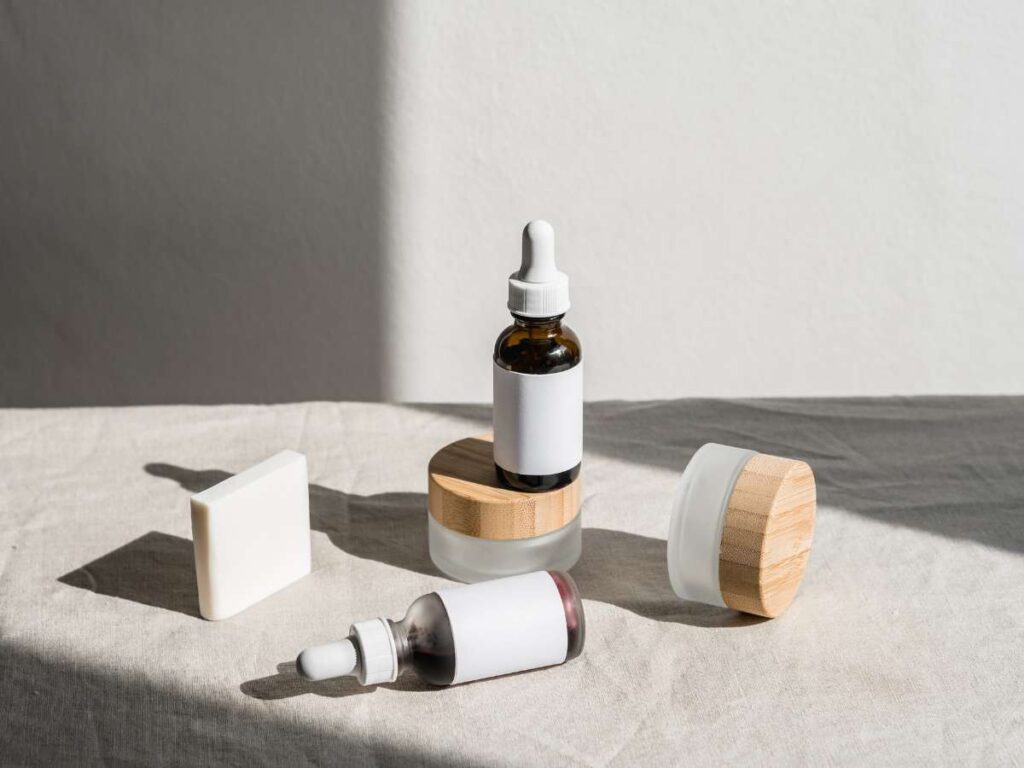
2. Key Benefits of Third Party Cosmetic Manufacturing
I’ve found that third-party manufacturing is often misunderstood. It’s not just about cutting costs or skipping the hard parts. In reality, it’s a smart partnership that can bring your brand to life faster and stronger.
Let’s look at why this approach makes sense for businesses that want to stay focused on growth.
Lower Costs Without Sacrificing Quality
Launching an in-house lab can burn through your budget fast with expenses like licenses, machines, and staff. By teaming up with a third-party manufacturer, you skip those overhead costs. You only pay for the product you need, which keeps your finances lean. Plus, manufacturers buy ingredients in bulk, which means lower costs passed on to you. It’s a smart way to produce premium products without emptying your wallet.
Faster Time to Market
Speed matters when you’re trying to stay ahead of the competition. Third-party manufacturers already have established systems, trained teams, and proven processes. They can move your product from idea to shelf much faster than if you were building it all yourself. You won’t get stuck troubleshooting equipment or waiting on suppliers. This gives you more time to focus on marketing and connecting with your customers.
Access to Industry Experts and Proven Systems
Working with third-party manufacturers means you’re not alone in figuring out formulas and packaging. At TY Cosmetic, our team brings their lab know-how, quality checks, and years of experience to your project. From choosing ingredients to ensuring regulatory compliance, they have it covered. You don’t need to be a scientist or an engineer to get a great product. It’s like having a full team of pros in your corner.
Flexibility and Scalability
The beauty of this model is how easily it adjusts to your needs. You might have one product today and five next year, and third-party manufacturing can handle that. You don’t have to spend on new equipment or expand your team to grow. Most partners offer pricing that rewards higher volumes as you scale. So, your costs stay efficient while your brand keeps expanding.
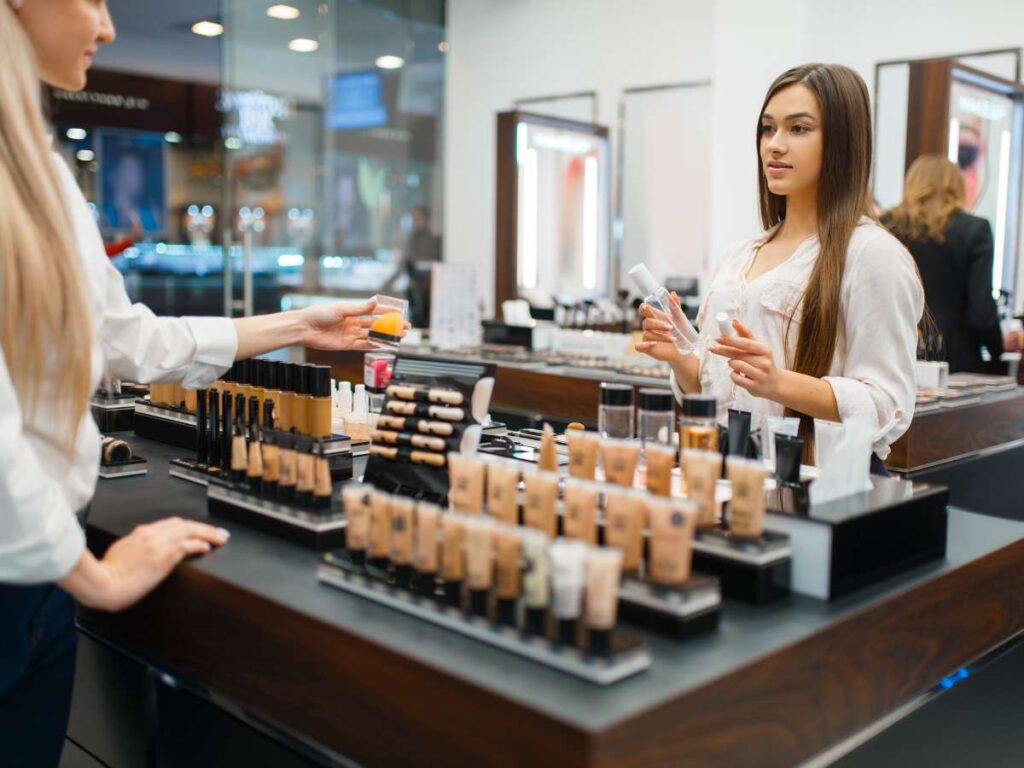
3. How the Third Party Manufacturing Process Works
I used to think that handing off production to a third-party manufacturer would be hands-off and easy. But as I learned, understanding each stage helps you know what to expect and how to keep things moving smoothly.
Here’s a closer look at how it all comes together:
| Step | What It’s About | Key Actions | Why It Matters |
| Step 1: Initial Contact and NDA | Starting the conversation and protecting your idea. | Reach out to the manufacturer, then sign an NDA to keep your idea safe. | Protecting your idea upfront avoids confusion or legal issues later. |
| Step 2: Product Concept and Formula Discussion | Defining exactly what you want in your product. | Share your ideas for texture, scent, and ingredients, or choose from their catalog. | Getting the formula right early saves you money and stress down the line. |
| Step 3: Sample Creation and Testing | Creating test samples and refining them. | Get samples to test for feel and performance, then give feedback for tweaks. | Testing helps catch any problems before launch, which protects your brand’s reputation. |
| Step 4: Pricing and Order Confirmation | Getting a clear view of costs and minimum orders. | See a breakdown of all costs and minimum orders so you can plan. | Knowing the full cost ahead of time helps you plan launches with confidence. |
| Step 5: Packaging and Labeling Setup | Choosing how your product will look and feel on shelves. | Choose packaging and confirm final designs that match your brand. | Getting packaging right makes your product stand out to customers. |
| Step 6: Production and Delivery | Making your product and getting it into your hands. | Production begins, quality checks are done, and your order is prepared for shipment. | Quality control here means you get a product you can be proud of. |
4. Types of Products You Can Manufacture Through Third Parties
One of the things that surprised me most was the sheer variety of products third-party manufacturers can handle.
Whether you’re building a simple line or planning a full product range, there’s a good chance they already know how to make it.
- Skincare Products: This includes moisturizers, serums, toners, cleansers, and face masks. A manufacturer should work with you to create custom blends or private label options that match your brand’s style and target audience.
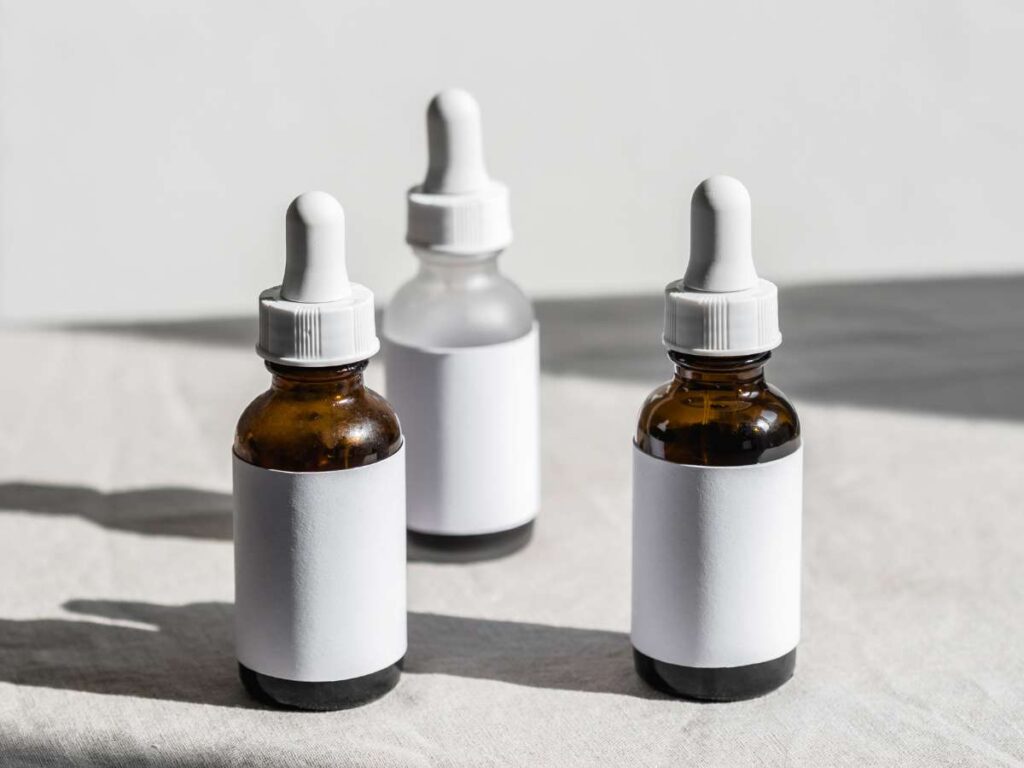
- Haircare Products: Shampoos, conditioners, scalp oils, and hair treatments are widely available. Some manufacturers specialize in natural, sulfate-free, or textured hair formulas.
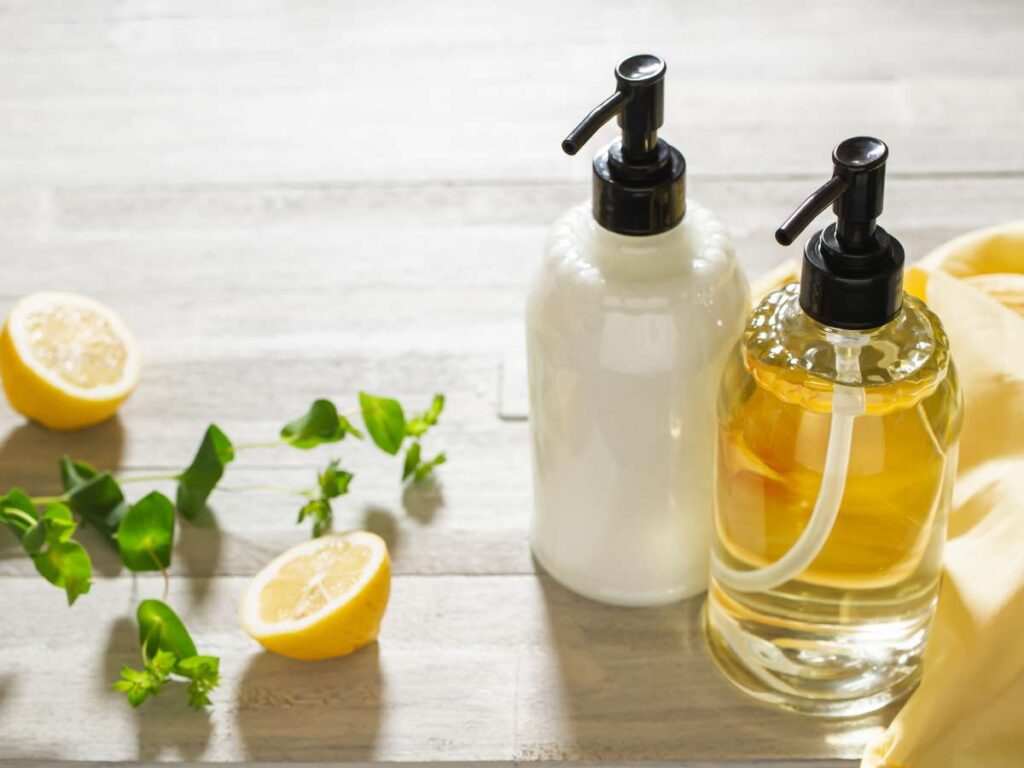
- Body and Bath Products: You can develop body scrubs, lotions, bath bombs, body oils, and more. These are popular in wellness, spa, and gifting categories.
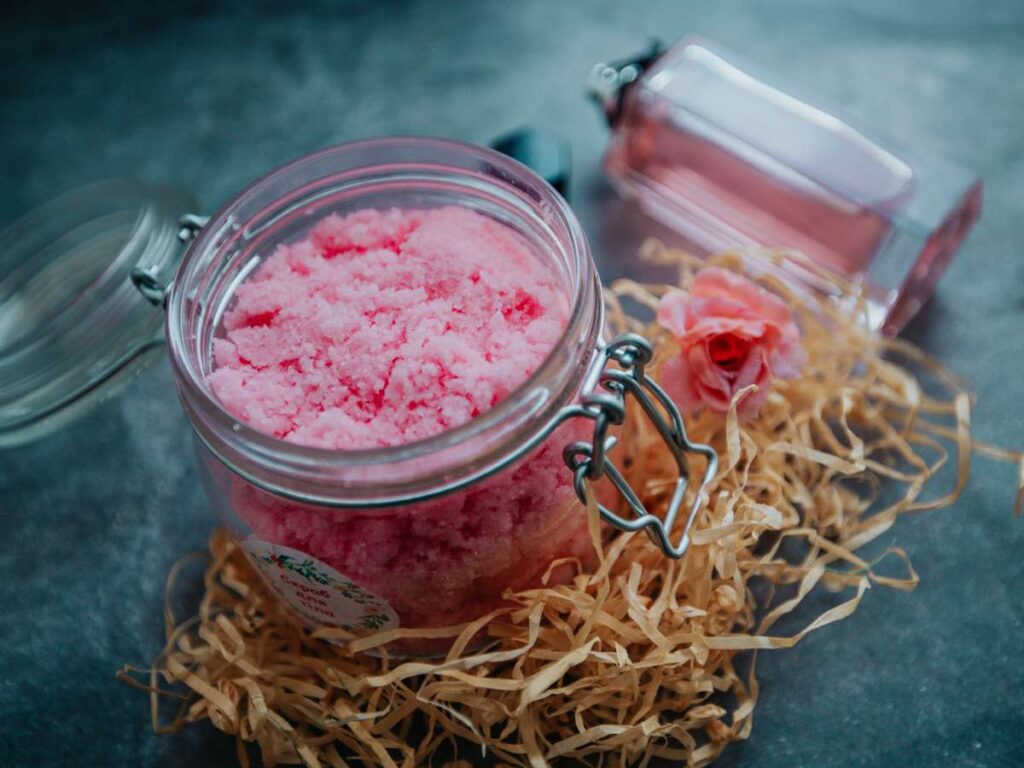
- Color Cosmetics: Foundations, lipsticks, eyeshadows, and blushes fall under this category. Not all manufacturers offer makeup, so look for those with color formulation experience.
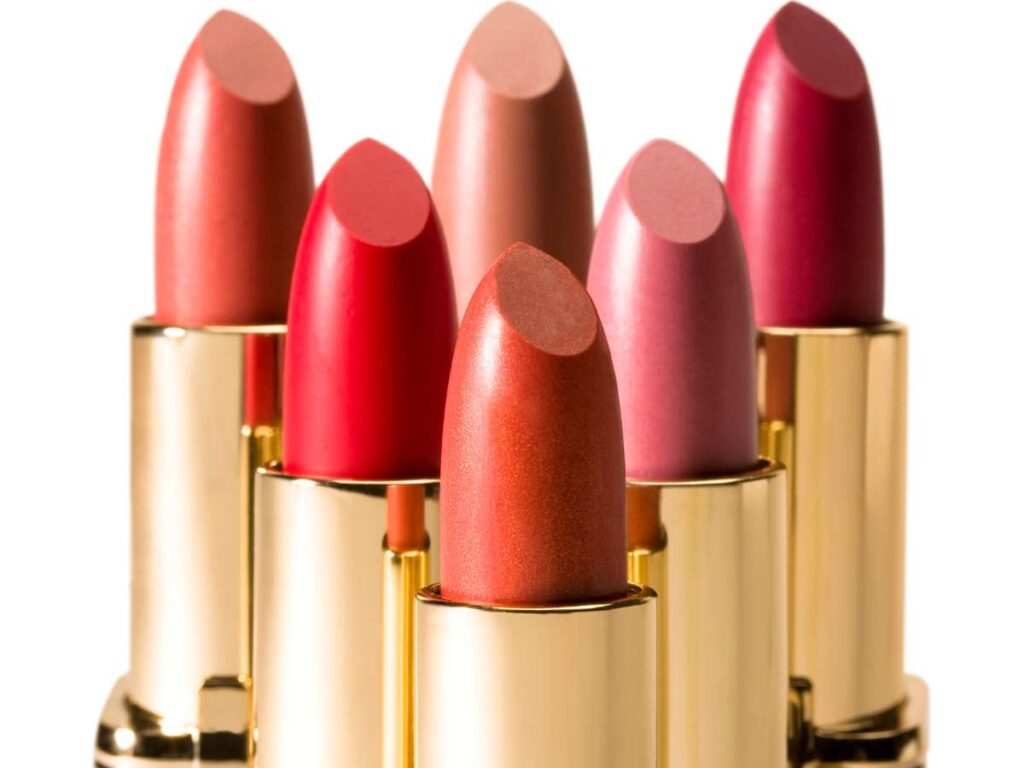
- Men’s Grooming Products: Think beard oils, aftershaves, shaving creams, and men-specific skincare. This is a growing niche with dedicated suppliers entering the space.
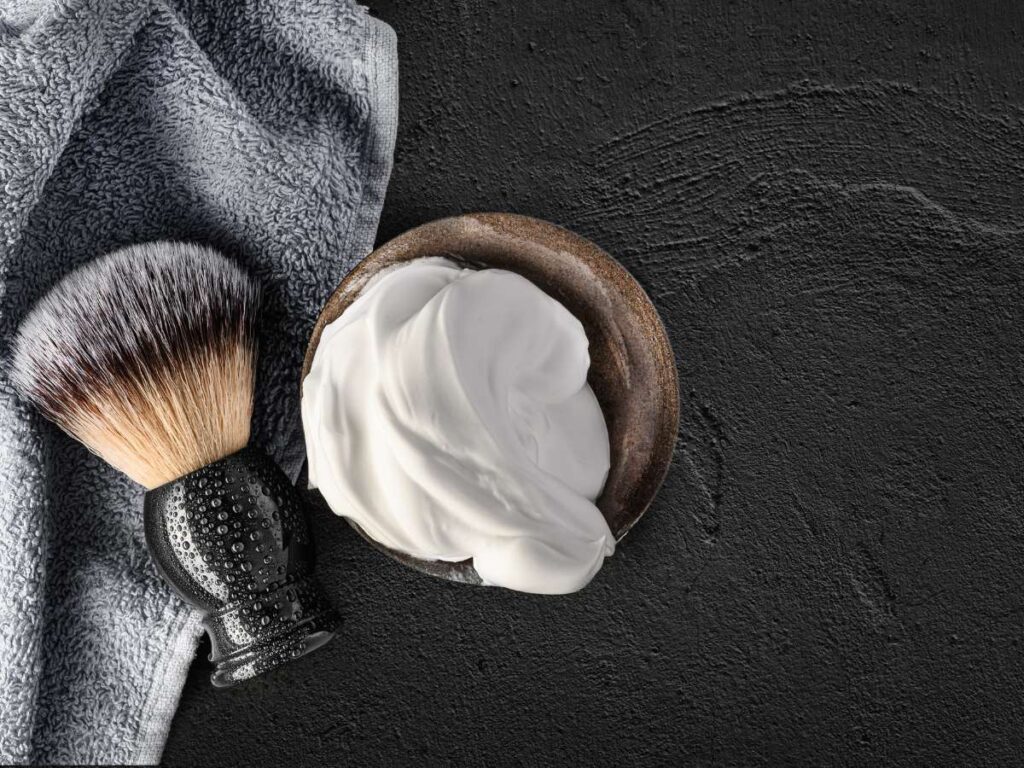
- Cosmeceuticals and Problem-Solution Skincare: These include products targeting acne, pigmentation, or aging. They often require advanced formulations and clinical testing.
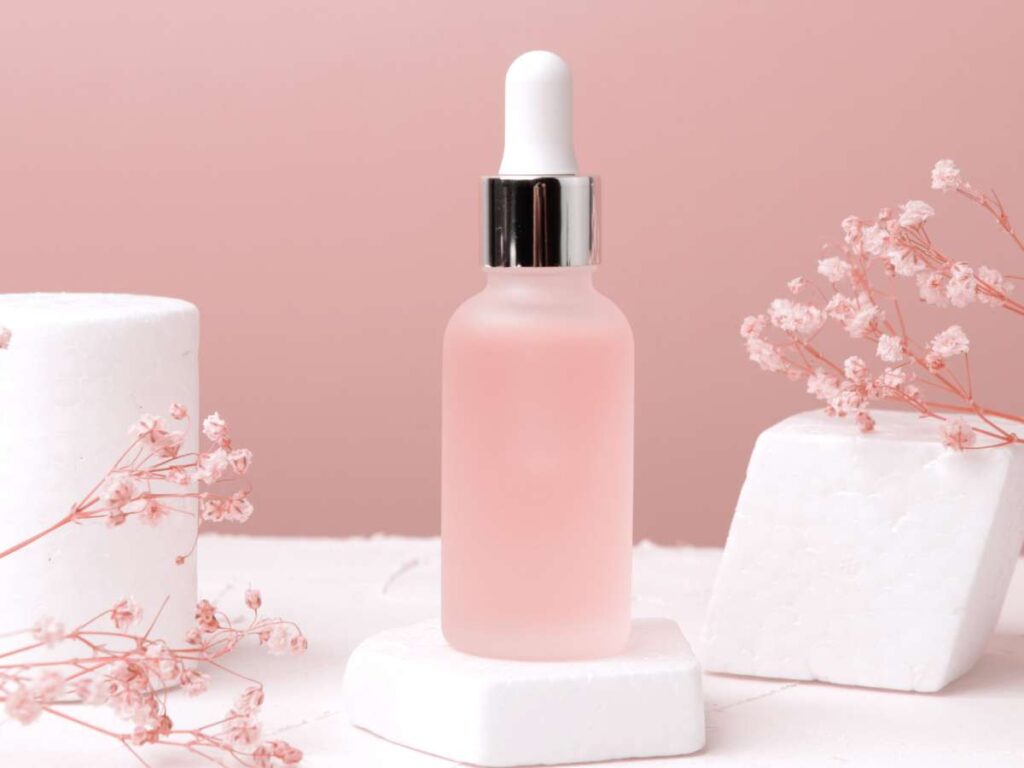
- CBD and Hemp-Infused Products: If your market allows it, some manufacturers can infuse skincare or body products with CBD. You’ll need a partner who understands the legal and ingredient complexities.
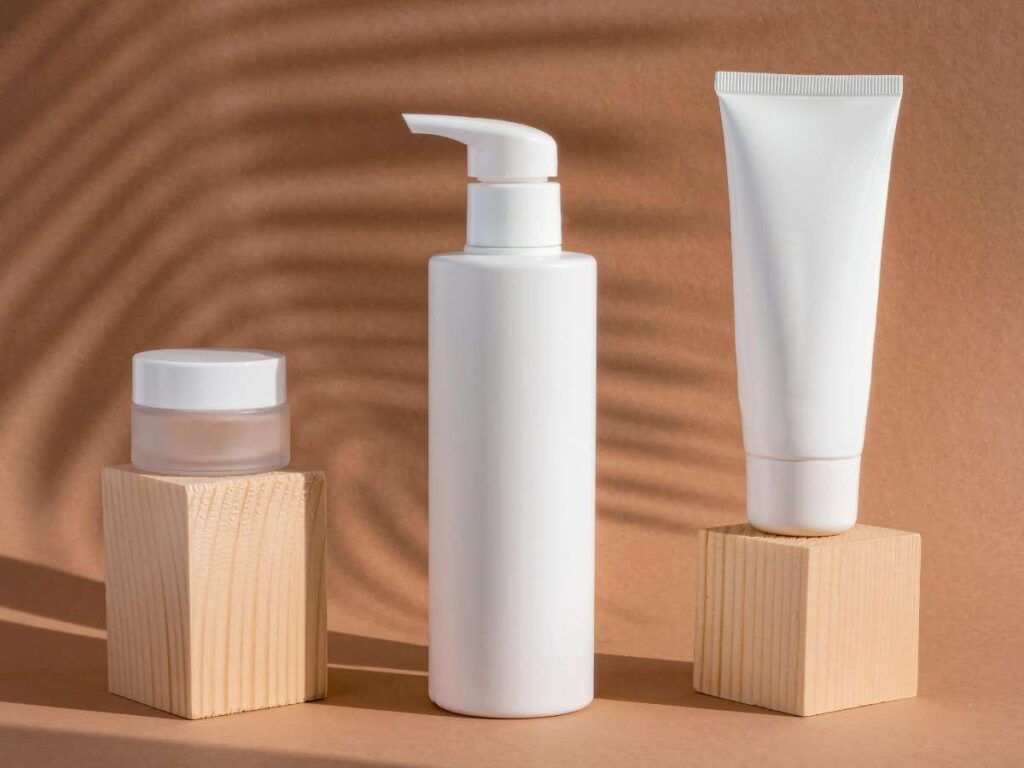
- Organic, Vegan, or Cruelty-Free Lines: Many facilities now offer certified clean beauty options. These are great for brands with ethical or sustainable positioning.
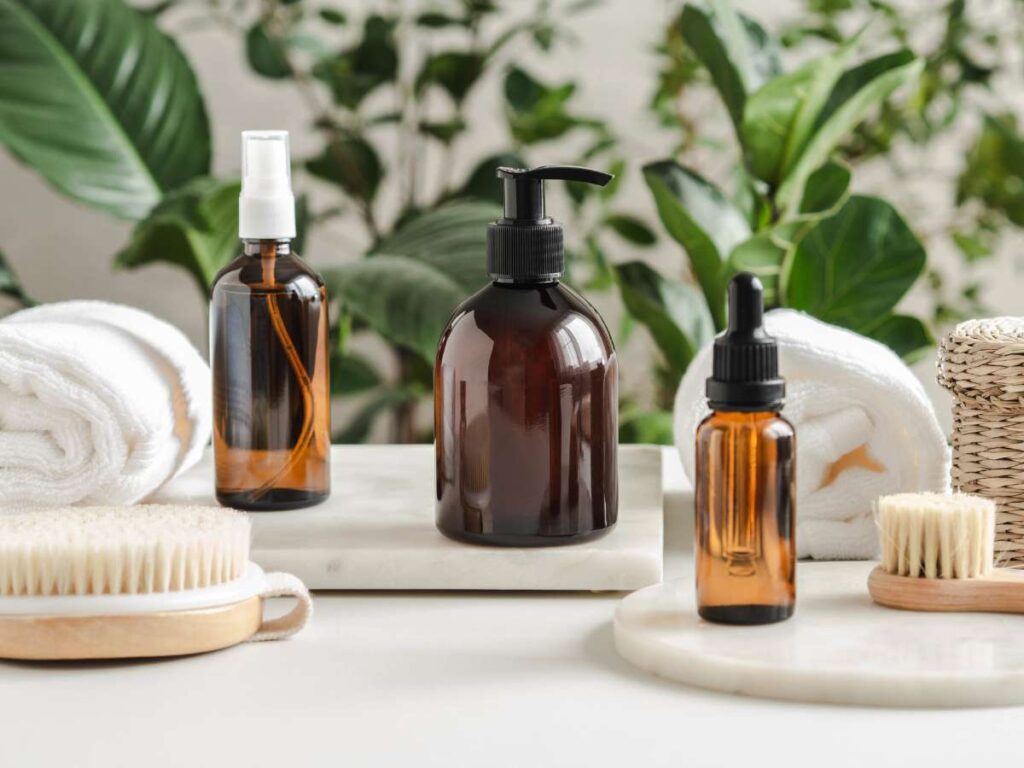
5. Common Challenges and How to Avoid Them
Third-party manufacturing has a lot of upsides, but it’s not always smooth sailing. I’ve seen brands hit roadblocks simply because they didn’t know what to watch out for.
Here are 4 common challenges, and some practical ways to avoid falling into the same traps.
Miscommunication on Product Expectations
It’s easy to assume both sides are on the same page, until the samples come back wrong. If you don’t clearly define your formula, texture, scent, or performance goals, things can go sideways. Assumptions in manufacturing cost time and money.
How to avoid it:
- Send a detailed product brief with clear specifications and references
- Confirm all decisions and changes in writing
- Use checklists during sampling and approvals to stay aligned
Quality Control Issues During Production
Even experienced manufacturers can have inconsistencies between test samples and the final batch. Without strong QC systems, you risk receiving a batch that looks, smells, or performs differently than expected. That can damage your brand and lead to expensive rework.
How to avoid it:
- Ask about their internal QC process and testing checkpoints
- Request a retained sample for each batch for cross-checking
- Consider third-party lab testing for critical or sensitive formulas
Long Lead Times and Missed Deadlines
Production delays are one of the most common pain points. Sometimes it’s raw material shortages; other times, your order just wasn’t prioritized. Whatever the reason, delays can throw off your launch schedule.
How to avoid it:
- Build in buffer time between order and launch dates
- Sign production slot agreements, if available
- Keep communication consistent to catch potential delays early
6. 4 Things to Consider When Choosing a Third Party Cosmetic Manufacturer
Choosing the right manufacturer isn’t something you want to rush. I’ve seen brands overlook small details early on, only to run into major issues later.
That’s why knowing what to look for upfront is key to protecting your brand and your bottom line.
Experience with Your Product Type
Not every manufacturer does everything well. A company that excels in skincare might not be the right fit for complex makeup or CBD-infused items. Ask for samples or case studies of similar products they’ve made. You want a team that already knows the specific challenges of your category.
That kind of experience can save you from unnecessary back-and-forth during development.
Certifications and Compliance Knowledge
Cosmetics are heavily regulated, especially in the U.S., EU, and Canada. Your manufacturer should hold GMP certification at a minimum, and ideally understand labeling, ingredient safety, and regional compliance rules.
If they don’t have these systems in place, your product could get flagged or pulled. Always verify their certificates and ask how they stay up to date with changing laws.
A compliance-savvy partner protects your brand from legal and safety risks.
Communication and Responsiveness
If a manufacturer takes a week to reply during the quoting phase, expect worse once production starts. Delays, errors, and miscommunications often come down to poor follow-up.
At TY Cosmetic, we will assign you a clear point of contact and provide regular updates. Our team understands that a quick, and clear communication makes the entire process smoother. It also gives you confidence that they take your business seriously.
Transparency in Pricing and Services
You should never have to chase down hidden fees or vague answers. Look for partners who clearly explain what’s included in their pricing, development, testing, packaging, etc. Ask for a formal quote and make sure you know what every line item means. Transparency builds trust, and trust matters when your brand is on the line. If they dodge your pricing questions early, that’s usually a red flag.
Conclusion
That first order I messed up? It taught me more than any course ever could.
Now you know what third-party manufacturing is, how it works, and what to watch for.
You’ve got the roadmap, the benefits, and the red flags, all in one place. The rest? That’s on you.
Ready to get your products made the right way?
You don’t need to do this alone.
Contact us today at TY Cosmetic and let’s build something great together.
More Guides and Tips to Explore
Want to learn more? Here are some articles filled with valuable tips and information to guide you further:
Still haven’t found what you’re looking for? Don’t hesitate to contact us. We’re available around the clock to assist you.


